
Ford & Vodafone reveal Parking Space Guidance tech that helps drivers find parking spots
How often are you left driving around in circles to find a parking spot? Can't see that traffic light from where you are? Worry not for Ford & Vodafone's new pilot Parking Space Guidance is designed to help you overcome these inconveniences a real-time basis.
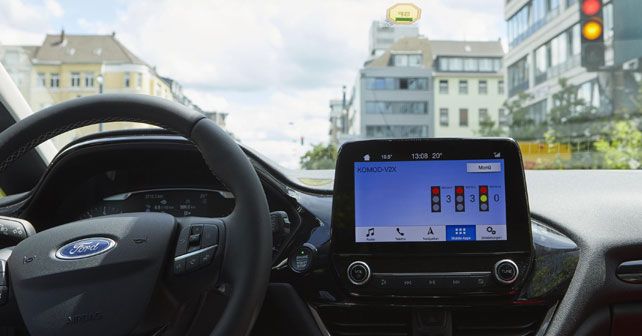
How often are you left driving around in circles to find a parking spot? Can't see that traffic light from where you are? Worry not for Ford & Vodafone's new pilot Parking Space Guidance is designed to help you overcome these inconveniences a real-time basis.
Drivers the world over tend to spend a lot of time looking out for spaces to park, which results in marginally high costs, long hours of travel, further leading to congestion, particularly in cities like Frankfurt in Germany and in older cities such as London. Ford's and Vodafone's pilot Parking Space Guidance - a new connected-vehicle technology is here to advise drivers on the number of car parks available, while also charting out a route to get to the destination. It will also help drivers know of weather and road sign information, and will also warn one when the traffic lights ahead are about to change colour.
Based on car park data, the Parking Space Guidance system is updated in real-time. It is being tried and tested by Ford and Vodafone as part of a 15 million euro cross-industry project that tests connected-vehicle and automated driving technologies. Road status and car park information is updated in the vehicle from a central computer system as it drives through the city, with information from dynamic digital road signs around the corner.
“When vehicles can exchange data with infrastructure in real-time, traffic will become more intelligent, searching for a parking space will become less stressful and people will get to their destination more quickly,” said Michael Reinartz, Head of Innovation, Vodafone.
A host of features by Ford and Vodafone as part of the Kooperative Mobilität im digitalen Testfeld Düsseldorf programme include Traffic Light Assistance System, wherein the time that remains on the change of the red or green traffic light is displayed on the instrument panel. A red light that appears beforehand can reduce hard braking, which could prove to be safe, fuel efficient and also help in the flow of traffic. Even information about the speed limit, slow-moving vehicles and lane closures will be provided, thanks to the Tunnel Information System.
Vario Display provides information about any major happenings, like exhibitions, concerts and football matches that may result in an impact on local traffic. By adapting speed limits, Traffic Control systems on the motorway help better the traffic flow. Smart traffic sign transmission ensures that speed limit and hazard sign information are sent directly to the vehicle displays. Traffic sign recognition using cameras may be present in many vehicles, but it can be challenged in poor weather or surrounded by high-sided vehicles. And Bad weather warning communicates from one vehicle to another on weather conditions - like if a car's automated windscreen wiper detects rains, it sends information to other in-vehicle displays, helping them decide a change of route, for instance.
Vehicle-to-vehicle and vehicle-to-infrastructure communications in the KoMoD trial are sure to play an important role in the future, in which autonomous vehicles could respond automatically to them.
Also read - Hyundai unveils wireless EV charging and autonomous parking tech
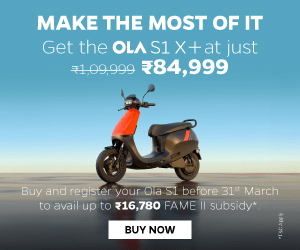

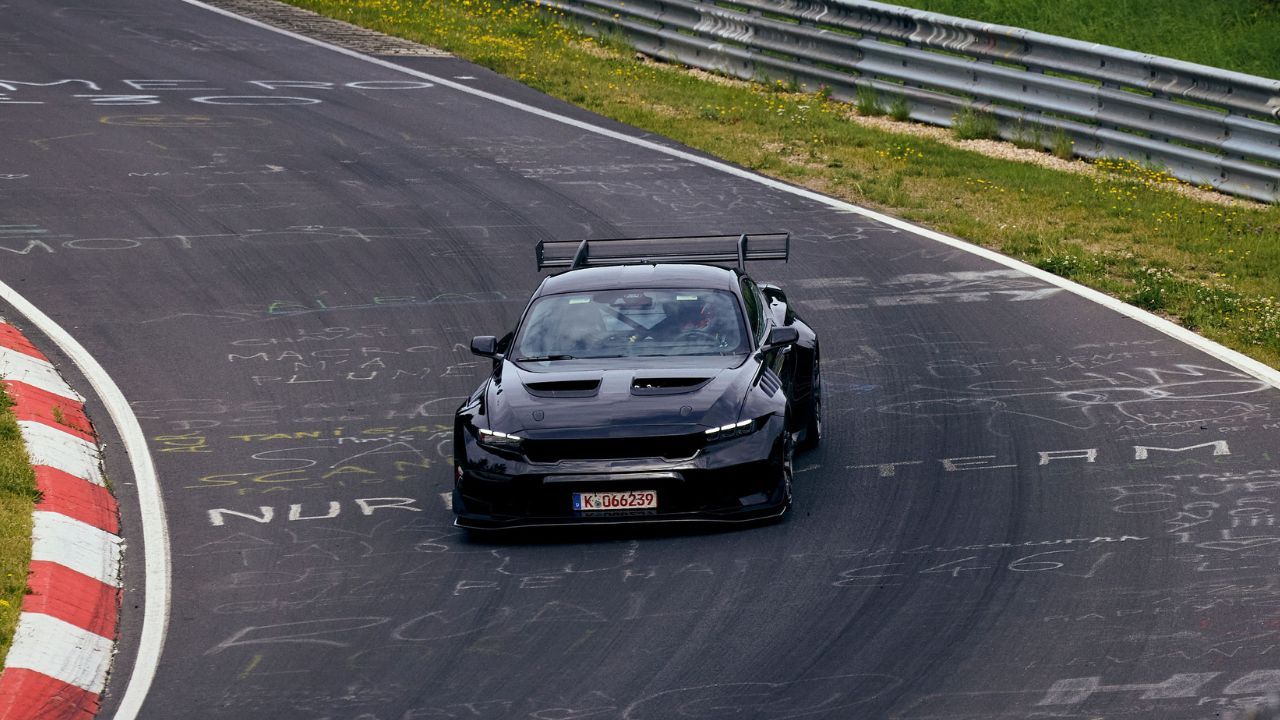
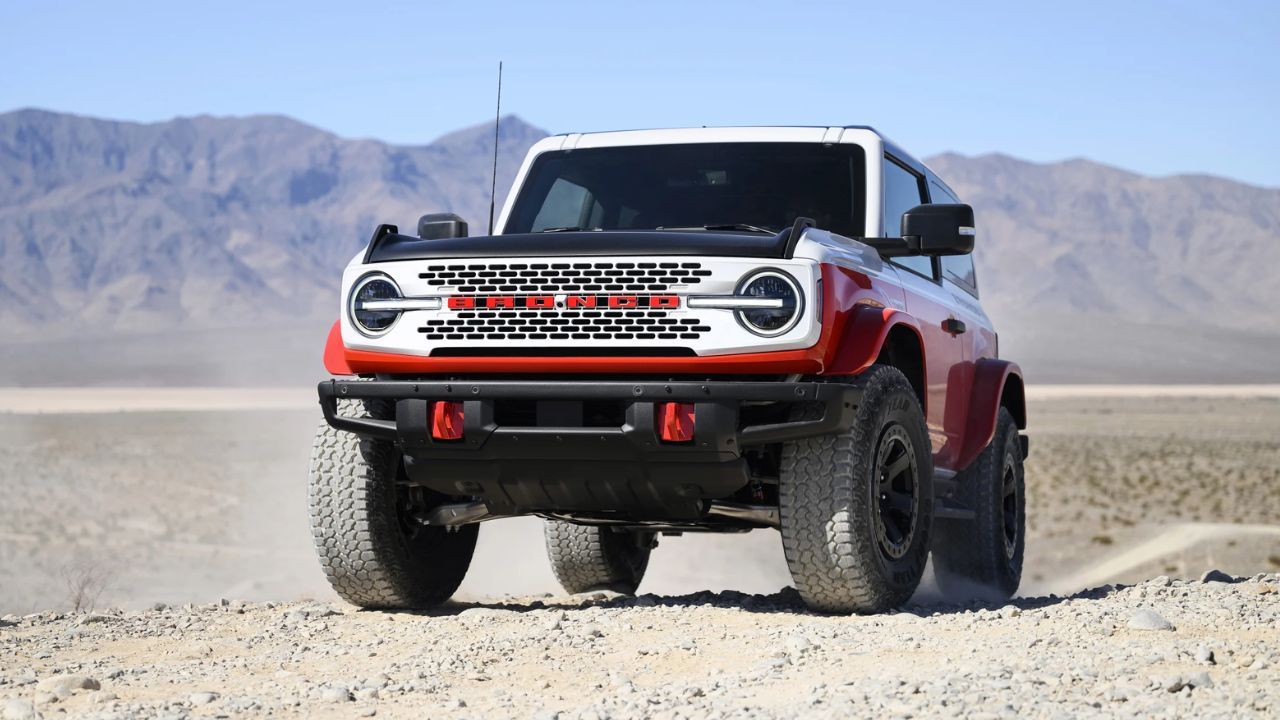
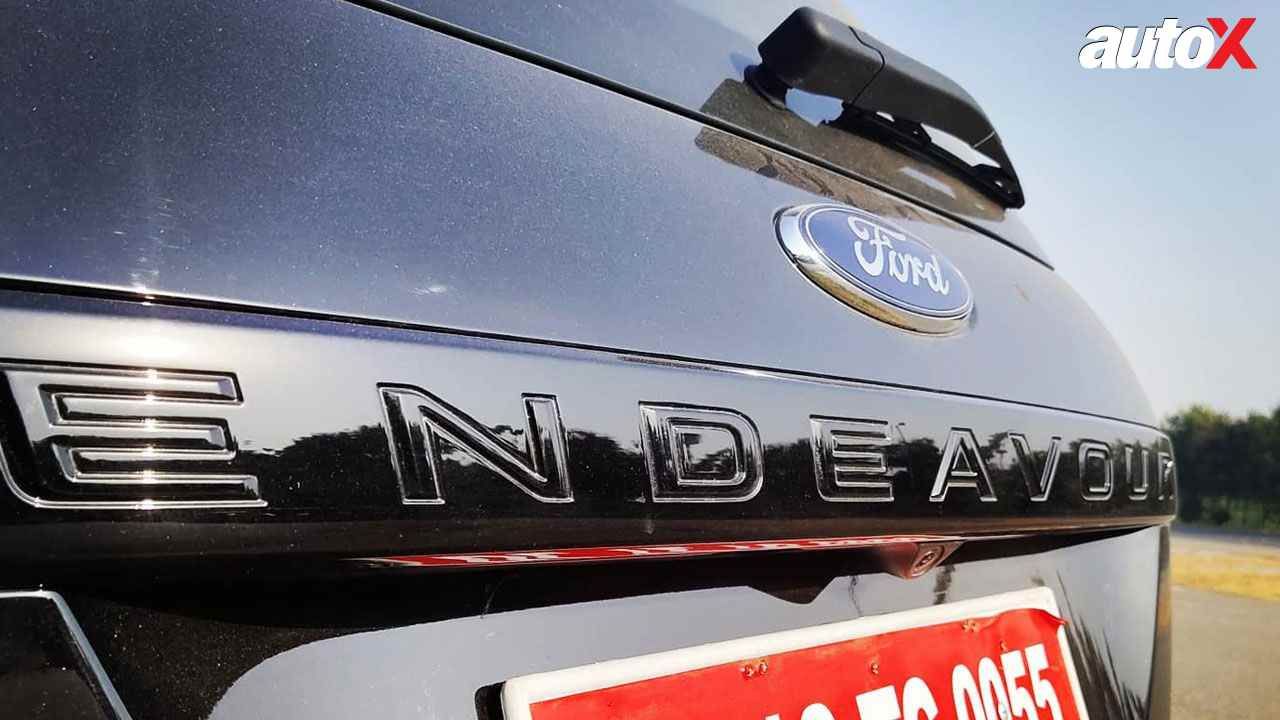
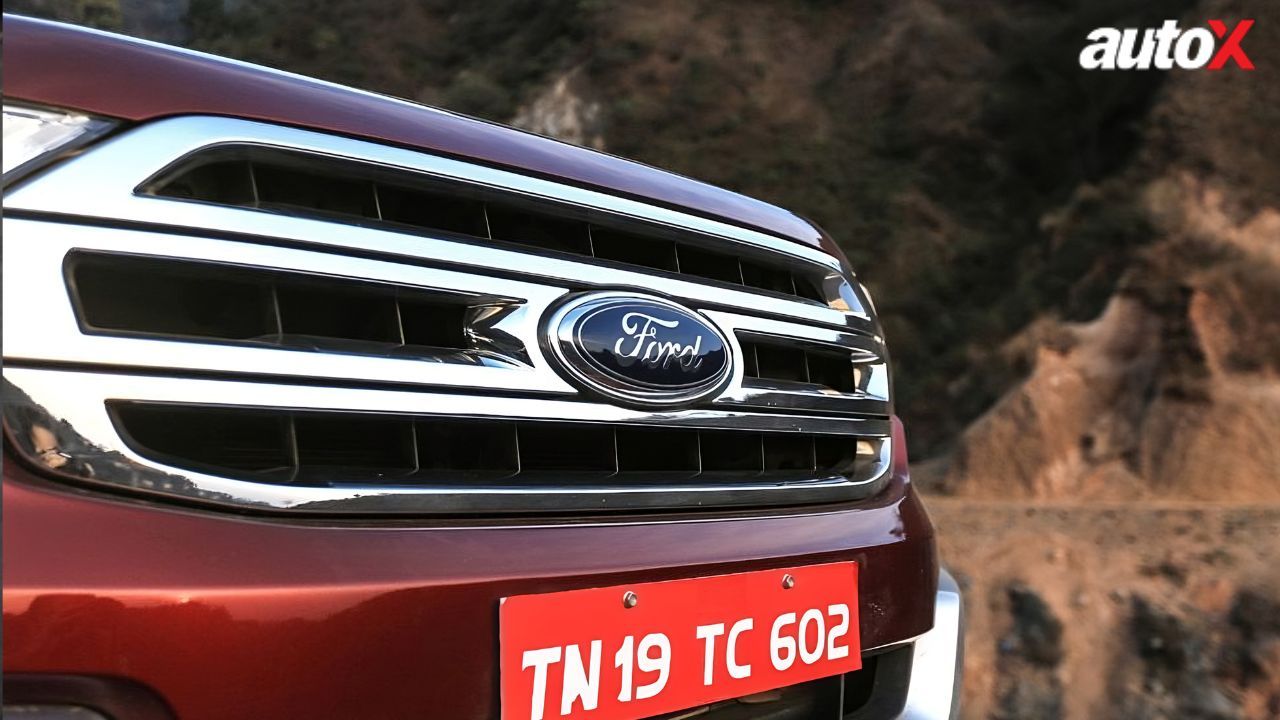

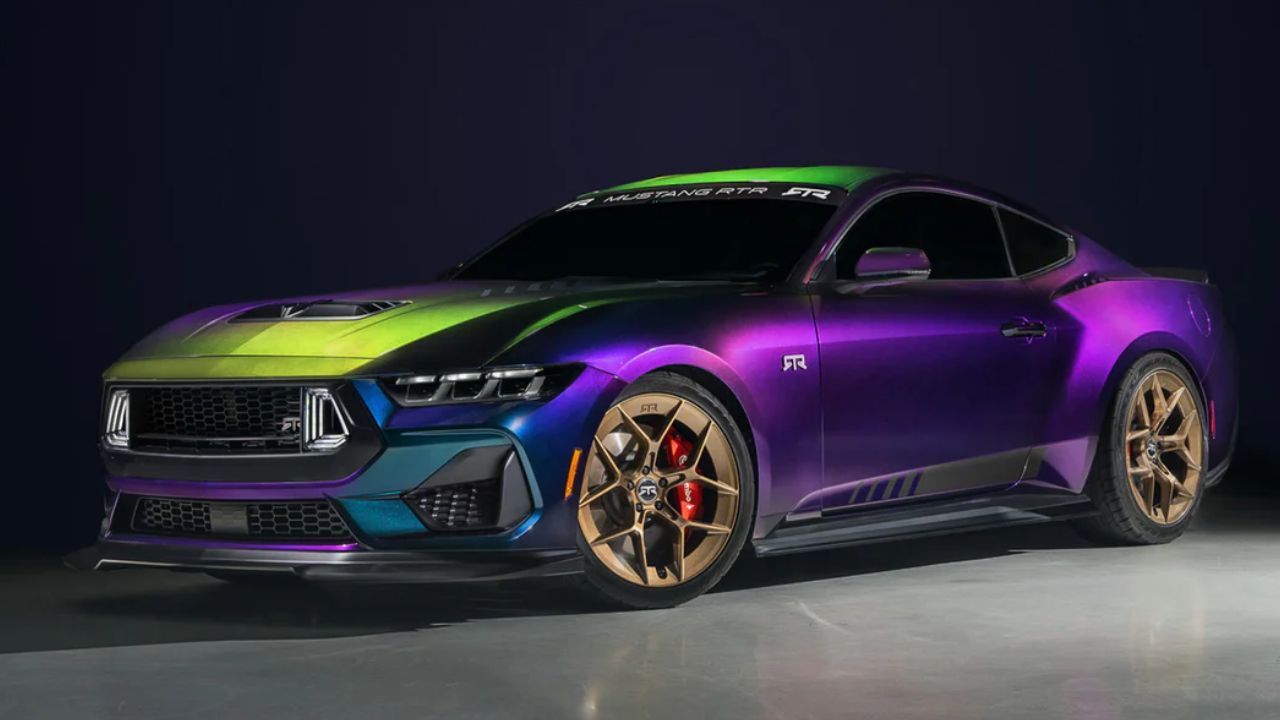

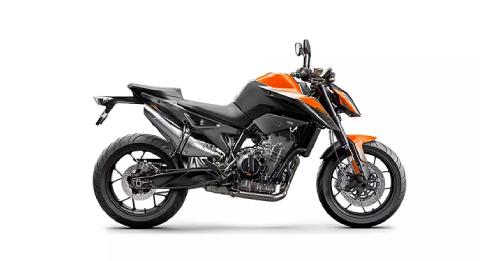
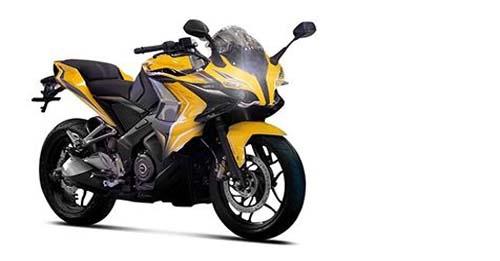
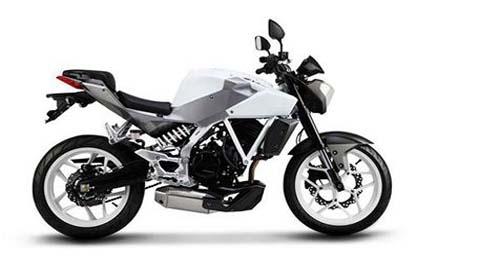

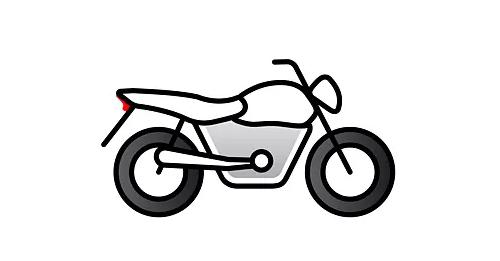


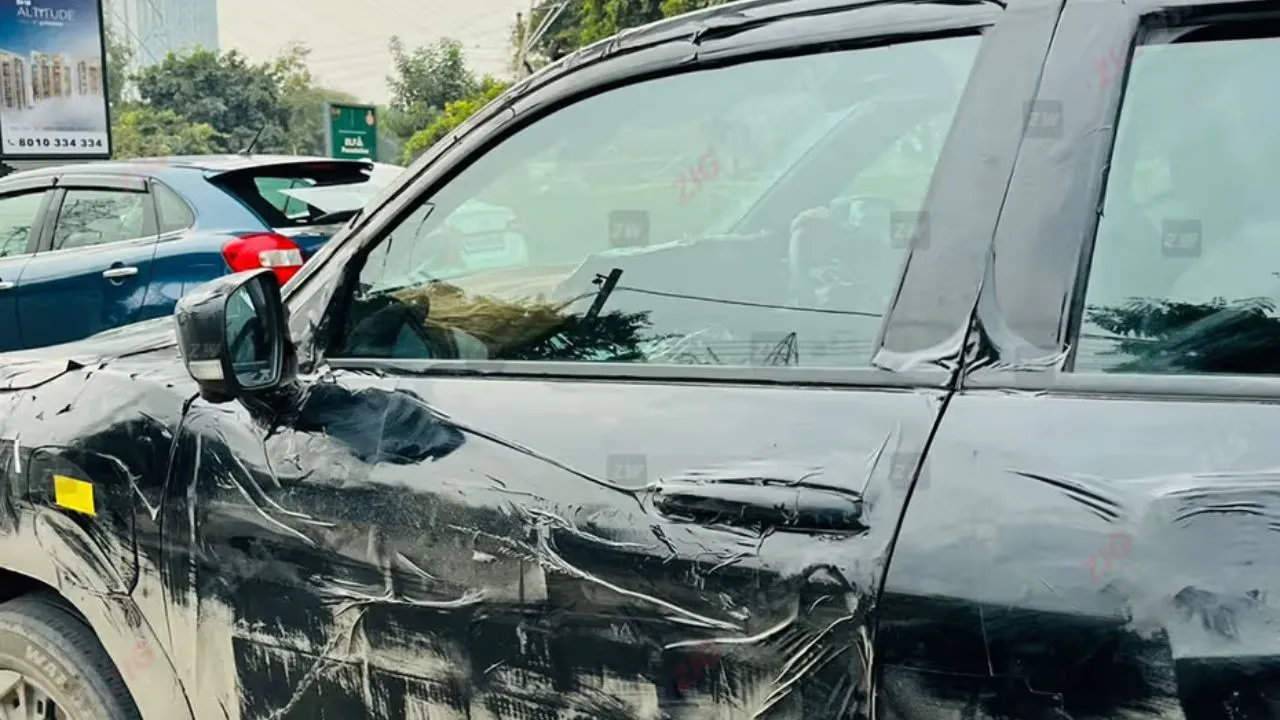

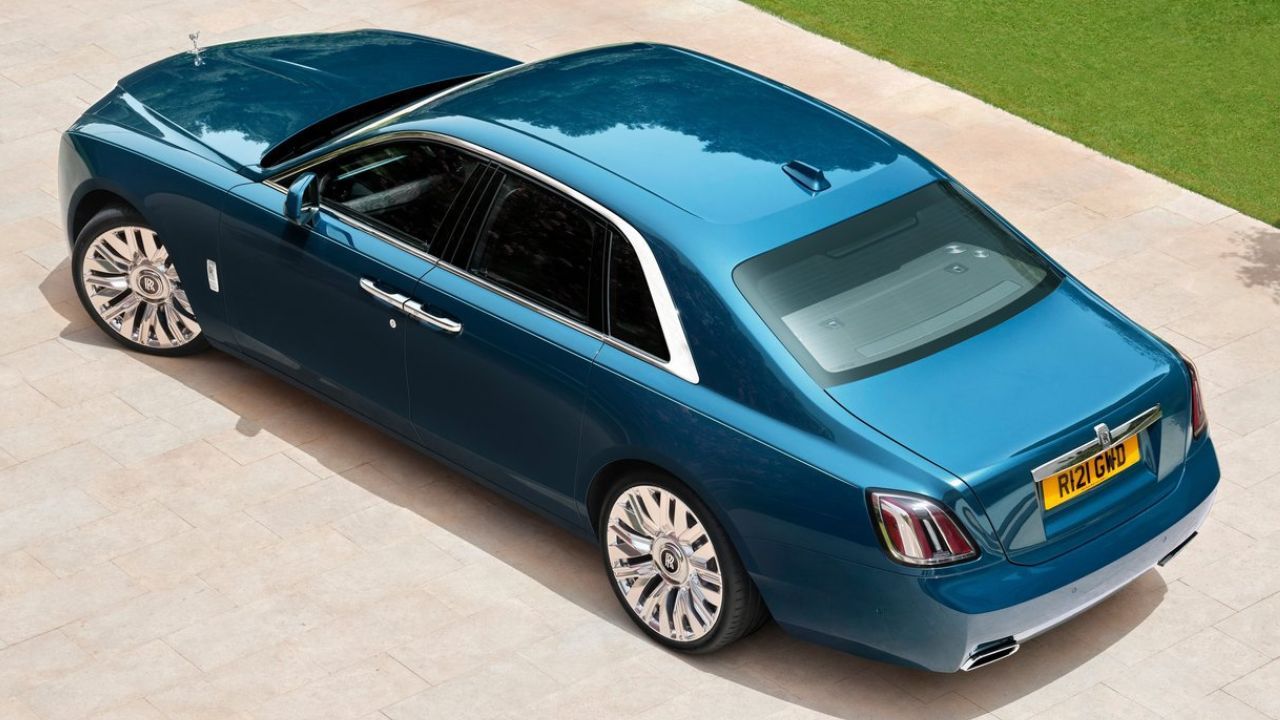
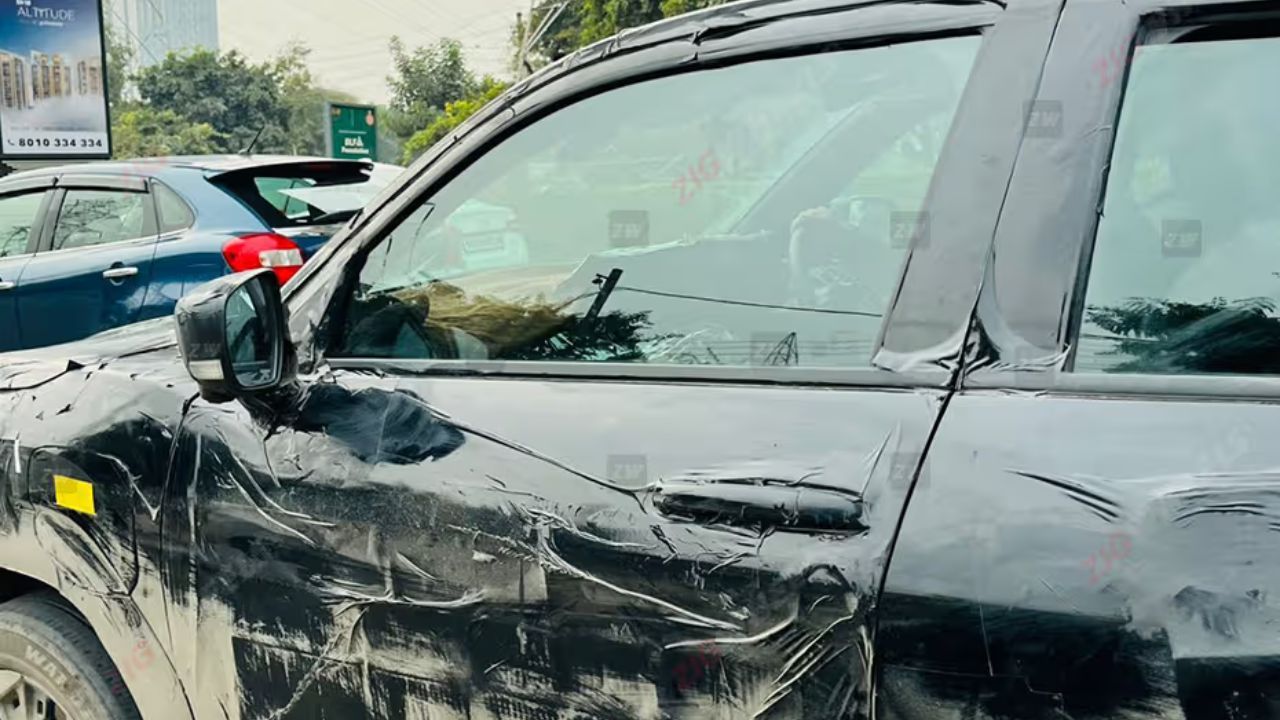
Write your Comment on